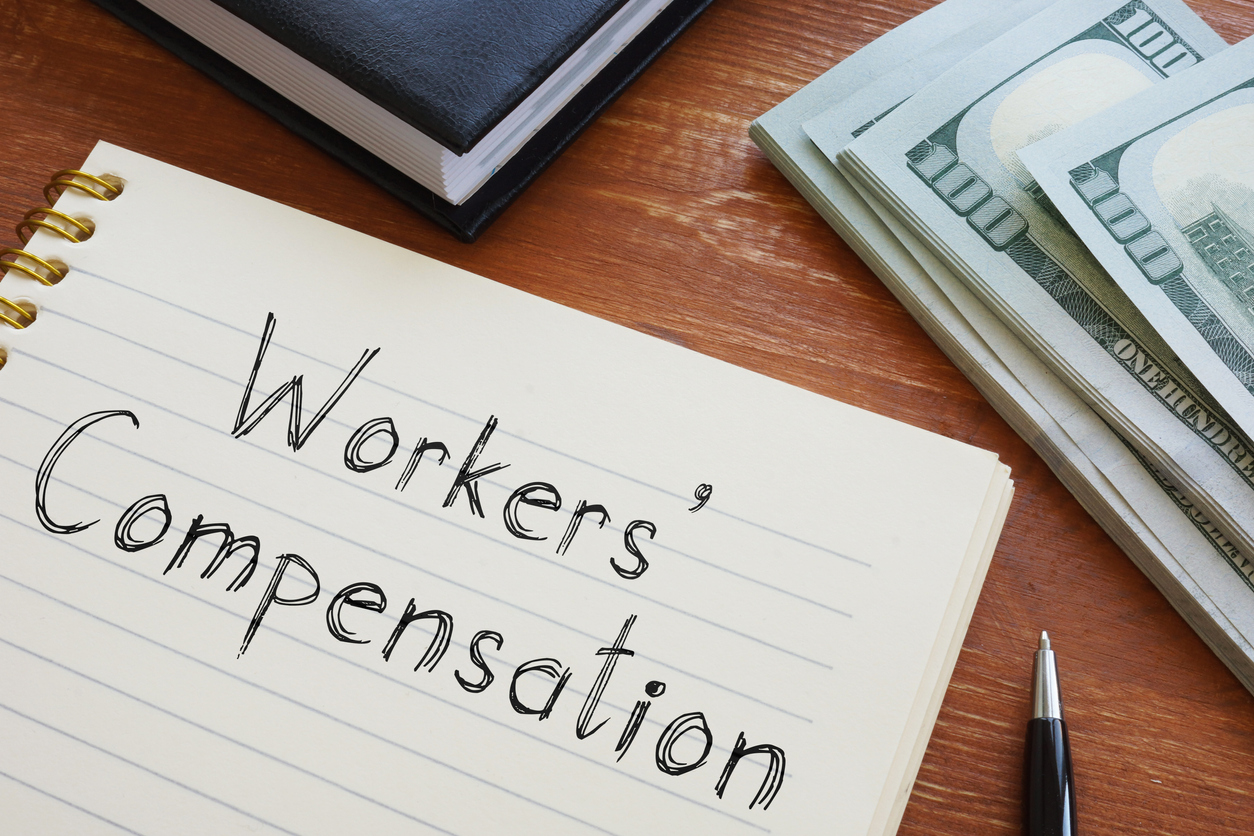Workers' compensation is a necessary expense. However, it can be a major burden on smaller employers, and costs can increase dramatically if you have to make a claim. To properly control these costs, you need to understand how your premiums are determined and what changes you can make to bring them down.
What is Workers' Compensation Insurance?
In brief, workers' compensation insurance covers medical costs and lost income if an employee is injured on the job. It is a "no-fault" insurance system, meaning that your workers' comp insurer will pay out regardless of who was at fault in the accident whether it was you, the worker, or a third party.
There are four factors which determine how much your premiums will be:
Employer Payroll
Your workers' compensation rate is calculated based partly on your payroll. Once the rate has been determined, using the modifiers below, you multiply your payroll by that and then divide the result by 100. This means that everyone with the same modifiers pays the same rate.
Employee Classification Rate
For the purpose of determining premiums, all employees have a classification rate. This rate categorizes businesses rather than individual employees and is determined based on the typical risks associated with the job. The more dangerous a job, the higher your premiums, to reflect reasonable risk.
So, an accounting office will be in a very different category from a roofing contractor. The system assumes that employees in similar businesses face similar risks in extent and type of injury. Office workers are most likely to suffer from repetitive strain injuries, for example. Thirty-five states, including Utah, use the NCCI classification system, rather than going to the trouble of developing their own. Your classification is determined by your industry and business type, and it is illegal to use an incorrect code. This does not, however, mean that you can't do something to help keep costs down in this area.
Experience Modifier Rate
The experience modifier is how your insurer determines your risk based on historical loss experience; this is why premiums go up after a claim.
It's calculated by comparing your claims history and loss experience with those of other employers in the same classification. If you are doing better than average, the modifier is less than one and your premiums go down. If you are doing worse, it is more than one, and your premiums go up. This can result in skyrocketing costs. If you are a new business with no claims history, your modifier is one, and a single claim can send you well above the average, and then it can take a long time to get it back down.
State and Federal Taxes
Taxes are payable on workers' compensation premiums. The state of Utah currently charges three percent, but there is currently no federal tax on workers' comp premiums. Small businesses can also deduct the premiums as an expense.
So, this means that your premiums are base rate for your employee classification multiplied by your experience modifier, multiplied by your payroll and divided by 100, then multiplied by 1.03 to get the state tax in.
How Can You Lower Workers' Comp Costs?
Thankfully, there are some ways you can bring down workers' compensation premiums and keep costs steady.
Here are some ways you can lower costs and keep your premiums steady:
- Partner with a Professional Employer Organization (PEO) that provides access to their workers' compensation program. Because they have a larger pool of employees, their experience modifier is generally more favorable than you can get on your own.
- Optimize your classification code. Using the wrong code can get you into significant legal trouble, but many employers are using a code that's associated with higher premiums. With proper expertise you can determine what your correct code is and avoid legal action or paying premiums for a higher rate.
- Safety training. Fewer claims equal lower costs. Having a good safety training program and a dedicated safety manager can help. A PEO will ensure that you implement good safety training and practices, often for a lower cost than obtaining these things on your own.
- A return-to-work program. The sooner you can get an injured employee back to work, the lower the cost of the claim and the happier your insurer is. A return-to-work program helps employees get back sooner and still stay safe by coming up with programs and protocols that allow for light duty, flexible scheduling, and a progressive return to their old position.
Lowering workers' comp costs is one of the many reasons to partner with an experienced PEO. By doing so, you can take advantage of all of these ways to lower workers' comp premiums and also save a lot of time HR would otherwise spend administering workers' comp. Learn more about PEOs from our eBook “What is a PEO?”



